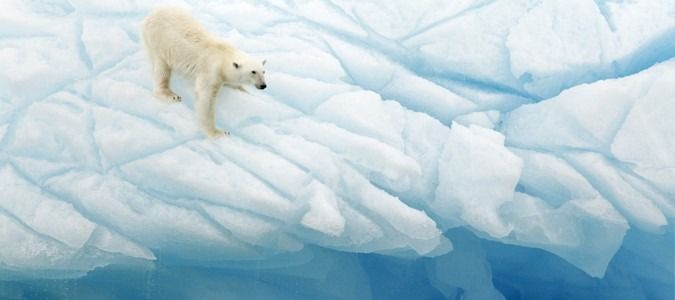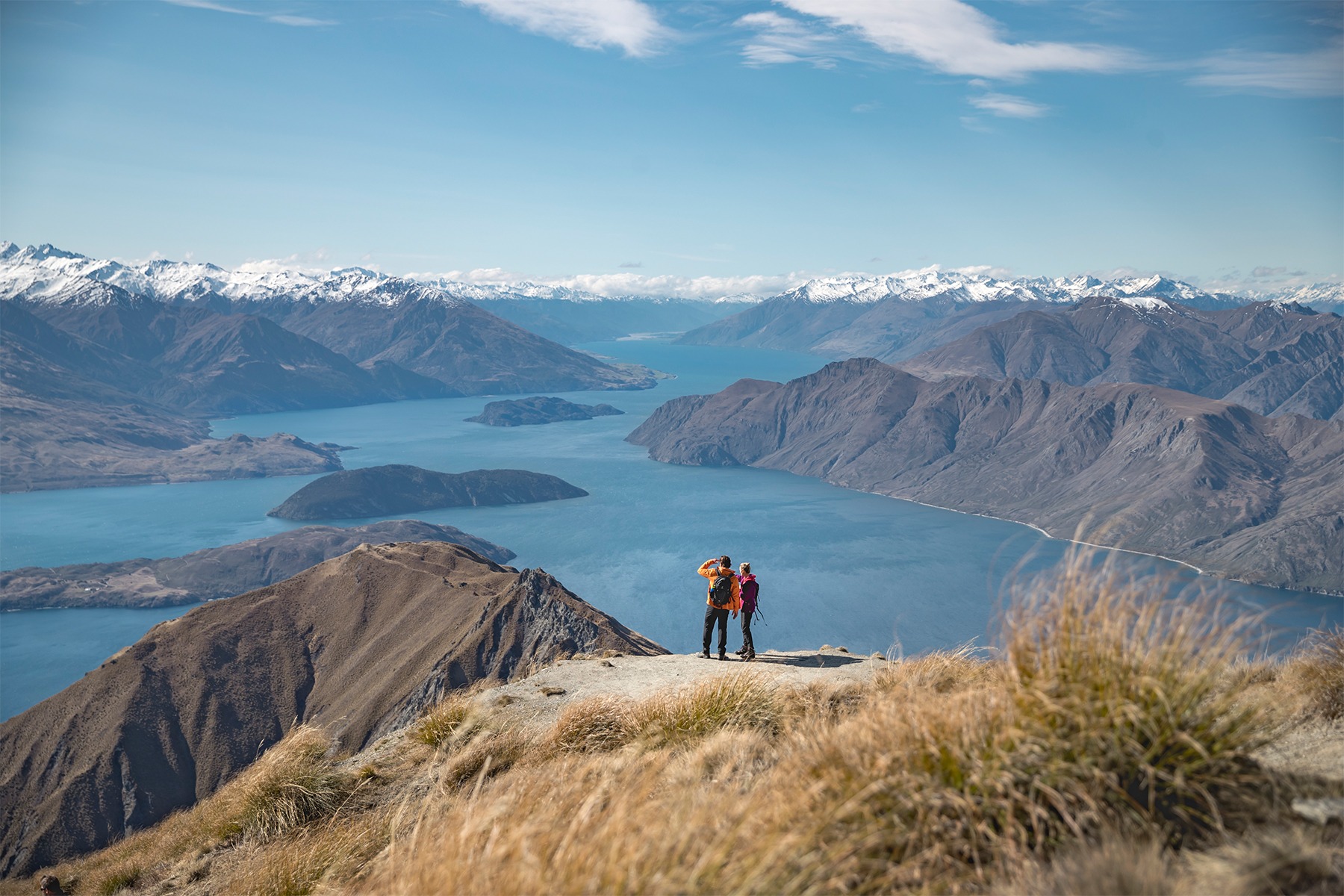
When to visit The Arctic?
The Arctic is made up of a number of destinations:
- Norway – Spitsbergen
- Russia and the Far East
- Greenland
- Canada and Alaska
- Iceland
- The North Pole
Travel to the Arctic is best in the Northern Hemisphere summer between June and September, when daylight lasts between 18 and 24 hours a day. The best time to see ice and snow is early in the season, when polar bears can be found hunting on the ice edge and birds are returning to breed. Later in the season there is less ice and therefore it is the best time to circumnavigate Spitsbergen. As the season nears its end, the days begin to shorten and the birds start to migrate south.
Outside of this range the Northern lights are visible in late autumn and winter / early spring between 21 September and 21 March each year. Theoretically, you can see the northern lights all over Norway. However, the best places are above the Arctic Circle in Northern Norway.
Choosing an Arctic cruise
There are several different lengths of cruises available and each offers something slightly different. In general the types of cruises can be divided into the following categories:
Spitsbergen
Spitsbergen, located in the Svalbard archipelago of Norway, is the wildlife capital for the Arctic. It contains six national parks and has many glaciers, mountains, fjords, polar bears, reindeer, whales, dolphins, seals and walruses. This is the most popular option for Arctic expeditions.
Iceland
Visit Iceland with its vast glaciers, National Parks, geysers, waterfalls and the warm waters of its blue lagoon, where you may take a relaxing dip. You will be enchanted by Heimaey, an island of colourful houses, lava fields, marine caves and sheer cliffs that are home to many varieties of birdlife, including the famous Atlantic Puffin. You may also be lucky enough to see seals and killer whales.
The Grundarfjordur and Isafjordur fjords will reveal their abyssal walls, craggy mountains and their black sandy beaches. You can visit fishing villages and find out more about the culture and traditions of Iceland in the company of its inhabitants. Akureyri will delight you with its majestic fjord, the Eyjafjördur, which spans more than 40km and is the longest in Iceland. Also visit the incredible Lake Myvatn. Located within the Arctic Circle, the island of Grimsey is teeming with birdlife perched on the steep cliffs or in the lush green countryside. Here you may see auks, fulmars and Atlantic Puffins, amongst others.
Greenland
From the Fjord of Eternity to the Arctic ghost town of Skoldungen, Greenland rewards you with sites and experiences unlike any other place on Earth. Dogsledding settlements and cultural shows give you a connection to the people who live here, while whale watching, tundra hiking and exploring one of the world’s fastest moving glaciers gets you closer to nature. Greenland remains largely untouched by humans, a rare treat ideally suited for expedition travel.
Newfoundland
Embark on a journey of contrasts, from Newfoundland with its rich Viking history through Labrador discovering isolated fishing villages and finally reaching Baffin Island, where the Inuit are still linked to the land in a way that very few cultures can claim.
North Pole
To reach the North Pole is the pinnacle of Arctic exploration and only very few people have the opportunity to travel here. Crushing through pack ice, the journey can take as long as a week, which only helps to heighten the level of excitement. Celebrate with champagne upon your arrival and soar high above the Earth on an optional hot air balloon ride.
Trips to the North Pole commonly stop at Franz Josef Land, one of the most remote and raw Arctic landscapes in the world. Discovered less than 150 years ago, you’ll venture to an icy realm that is home to the walrus, polar bear, seal, Arctic Fox and Beluga Whale.
Russia and the Far East
View the thousands of birds that migrate here as they prepare to leave after taking advantage of the phenomenal abundance of food. Experience fantastic whale and wildlife viewing, including polar bears, snow geese, walrus, snowy owls and more.
Northwest Passage
Experience the historical Northwest passage, heading from Europe towards Asia over the top of Canada, travelling though spectacular fjords and keeping an eye out for whales and polar bears along the way.
Flights to The Arctic
Eclipse Travel can assist with all your flight arrangements, including international flights and round-the-world flights. Due to the variety of Arctic cruises available, the options depend greatly upon the cruise you choose so please contact us for more information.
Visas and Entrance Fees required for the Arctic
What visas are required? (For Australian passports)
- Norway – No tourist visa required
- Russia and the Far East – Tourist visa required. Arctic cruises that include Franz Josef Land is part of Russia. Click here for more information
- Greenland – No tourist visa required
- Canada – If travelling via Canada you must apply for a new mandatory entry requirement known as an Electronic Travel Authorization (eTA) that applies to all visa-exempt foreign nationals who fly to or transit through Canada effective from 15 March 2016. The authorisation is electronically linked to the passport and is valid for five (5) years or until passport expiry, whichever comes first. The cost of an eTA is CAD 7.00 per person and to view eTA-required nationalities visit here. Eligible customers can apply for an eTA online here
- Alaska (USA) – An ESTA is required
- Iceland – No tourist visa required
Visas should be applied for at least six weeks prior to your departure to ensure your passport is returned on time.
Health & Diet considerations when travelling to The Arctic
What health requirements are there for visiting The Arctic?
No vaccinations are required for visiting The Arctic, however there are several factors to consider when travelling to surrounding areas so please consult us for more information.
In terms of fitness, you may be required to complete a self-assessed medical form prior to leaving to ensure you are physically capable of performing normal on board and onshore activities, which may require moderate exertion, with a high degree of self-sufficiency. On some vessels you will also have to get up and down steep gangways to board the zodiacs and the stairs between decks of the vessel.
Food & Dietary Requirements
All meals are included on board and are typically buffet style, however this does depend on the vessel. Vegetarian options are available for all meals and if you have any additional special dietary requirements please advise us at the time of booking.
Medical Facilities on board
All Arctic vessels have an infirmary and a fully qualified physician on board who can assist with any normal medical situation. In case of emergency, alternate arrangements will be made and for this reason all passengers are required to have adequate medical insurance that will provide coverage in the event of medical evacuation.
Sea sickness
Sea sickness is a common problem for passengers of an Arctic voyage, particularly when crossing open seas. Taking motion sickness pills or patches with you is highly recommended and avoiding alcohol can help avoid any symptoms.
Money Matters
Currency
USD is accepted as currency on all Arctic cruises and it is a good idea to bring along some cash. There are some on board expenses such as those incurred at the bar, in the gift shop, telecommunications, and any souvenir shopping which is available at some of the stops along the way. Anything purchased on board can be settled in a bill by cash or credit card at the end of the cruise.
Tipping Guidelines
We suggest you allow the equivalent of US$10-15 per person per day for the crew and expedition staff. This is usually collected just prior to the end of the cruise and then distributed amongst the staff. If you wish, the amount can be paid by Visa or MasterCard.
Technology
Computer Access
Most vessels have a computer for passengers use in case you needed to download your photos on board, however we recommend taking enough memory cards in the likelihood of you taking more photos than you could have imagined.
On board telecommunication
Due to its isolation it’s highly unlikely you will have mobile phone access often, however, most vessels offer a satellite email (not internet). Connections can be slow, so guests will be charged for data used rather than time spent online which can become very expensive. Phone cards for satellite phones are also commonly available, however, if you would like to clarify this for a particular vessel then please contact one of our team.
Electrical Outlets
Each ship has its own type of electrical outlets, depending upon the country where it was built. Many of the ships are originally from Russia and use 220 volt, 50 cycle electricity with two round prongs. Visit this link for more information on each country.
Weather and Clothing considerations when travelling to The Arctic
Weather
Generally temperatures during the day range between -6c to +4c, although windchill factor can result in much colder conditions. You should expect and prepare for all conditions as it can be very sunny, rainy, snowy, foggy and in particular, windy.
Included Clothing
All vessels offer complimentary Wellington boots for all guests, which are used for all landings. Some operators also include waterproof pants and jackets. Please contact us for more details.
Suggested Packing List
Although it can be quite sunny, expect rain, snow, fog and a high wind-chill factor. We suggest dressing in layers so you can easily adapt to the conditions and recommend the following;
- Cash for souvenirs. Credit card to settle your bill at the end.
- Valid passport.
- Warm wind and waterproof jacket
- Waterproof gloves
- Hat, beanie, scarf, or other face protection
- Fleece
- Woollen socks
- Waterproof warm pants
- Thermal underwear
- Light-weight shirts and T-shirts
- Binoculars
- Camera with extra memory cards and extra batteries
- Comfortable clothing and shoes for on board
- Sunscreen
- Sunglasses (polarised, close fitting are best)
- Plastic bags – Plastic zip-lock bags will protect your camera and binoculars from wave splash and spray while in Zodiacs
- Daypack
- Bathing suit – for a polar plunge!
- Converters/adapters as needed
- Medications – bring a sufficient supply of any medications you regularly take; prescription and over-the-counter including your preferred motion sickness remedy, as well as copies of your prescriptions. Your necessities and favourites may not be available on the vessel or in Argentina.
- If you wear prescription glasses or contact lenses, be sure to pack an extra pair.
Dress on board is casual and informal. Again, we suggest dressing in layers for your comfort and safety. Your base layer of thermal underclothes with a pair of jeans or trousers, and a lightweight shirt and fleece are ideal. Sturdy walking shoes or sneakers with a good grip sole for the slippery deck are all you need.
Laundry Service
Most cruises offer daily laundry service on board at an additional cost.
Activities in The Arctic
Daily Activities
Itineraries for Arctic cruises are a guide and on an expedition cruise we suggest you expect the unexpected as weather conditions can force changes. A typical day will start around 7.30am with breakfast followed by the morning’s excursion. Daily excursions vary depending on location and weather conditions with most cruises aiming for two Zodiac or shore excursions per day. In between destinations or whilst cruising at sea, you can relax in the bar or take in a lecture on a specific area of interest (ie history, flora or fauna). Later at night, there is often entertainment provided.
What additional activities are offered?
On some cruises adventure options are provided, typically at an additional cost to your cruise price. The most common ones on offer are kayaking or hiking although there are several other options which are also on offer. For keen kayakers some experience is necessary, enough to manoeuvre easily and also to be able to enter the kayak successfully. Please contact us for more information on the options available.



